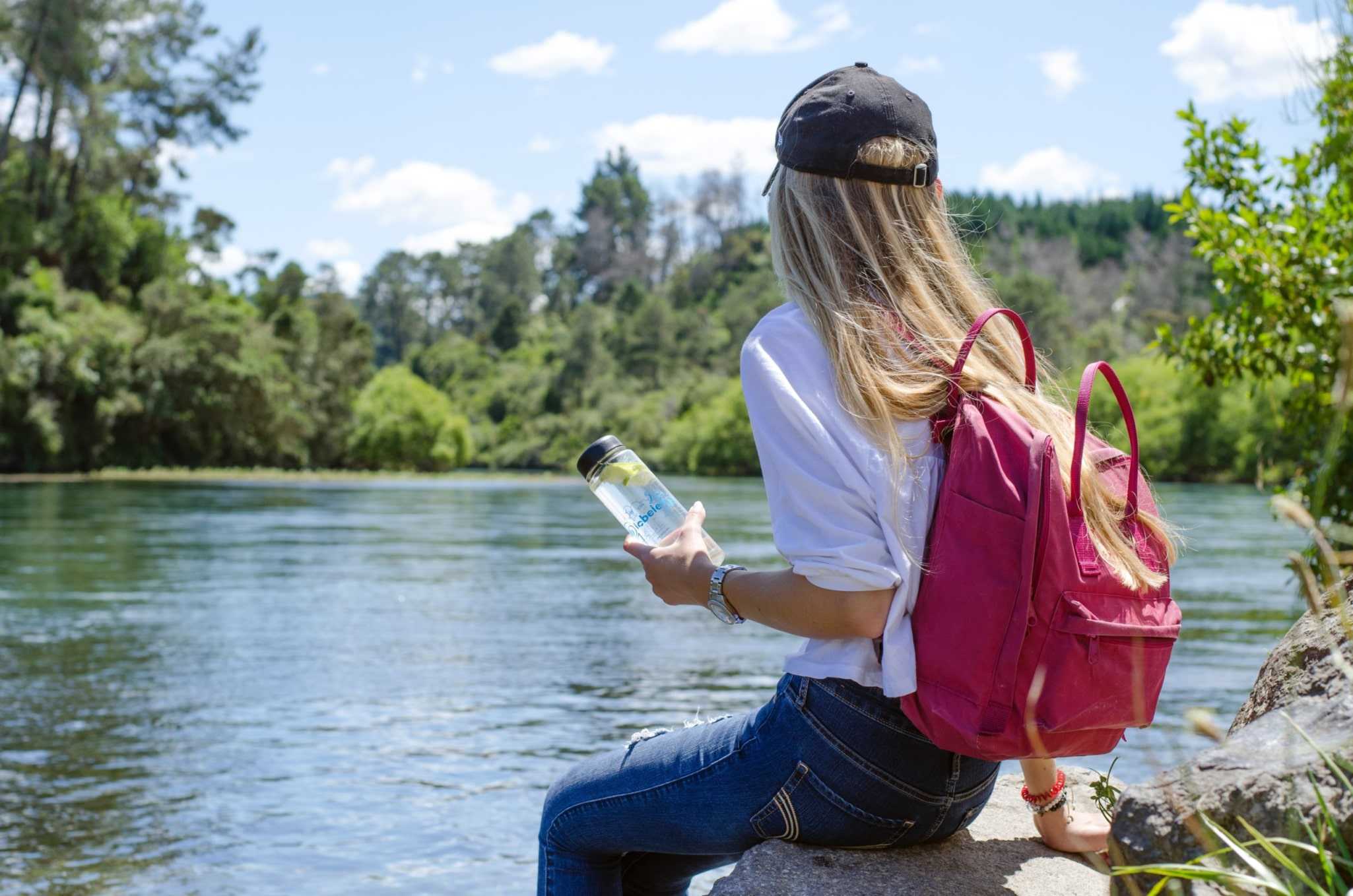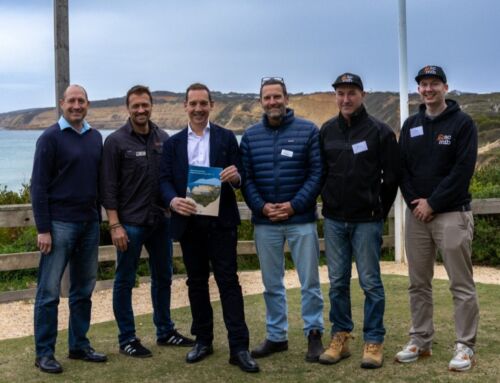What’s different from what you do today? And, perhaps most importantly, what are the trade-offs?
Not sure? You’re not alone.
Most tourism strategies and destination plans mention sustainable tourism and only some go beyond making a cursory reference to it. Consumer and corporate demand for responsible travel and tourism is growing and the public wants to know how you manage your destination. Destinations who implement plans for a more sustainability-driven future are scoring better in terms of visitor and resident satisfaction, stakeholder involvement and business efficiency.
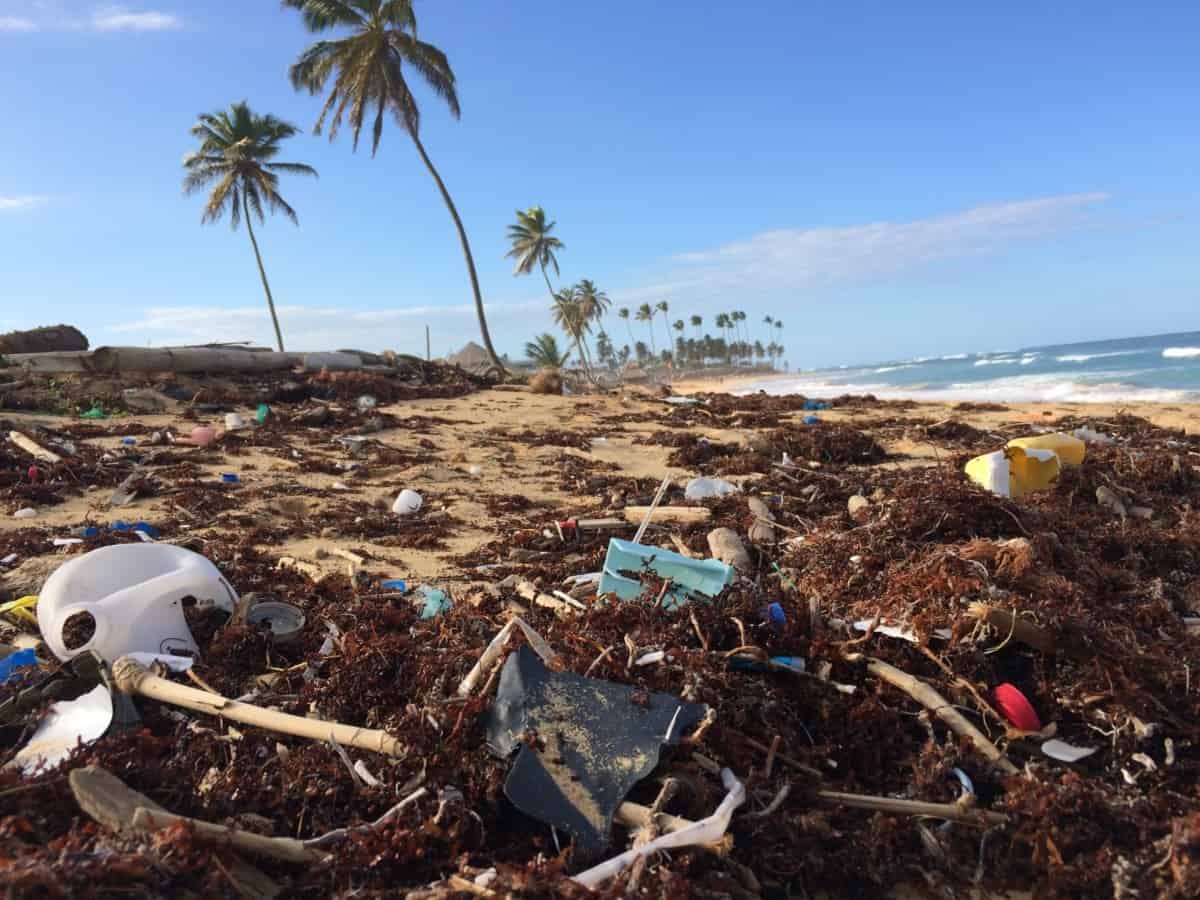
Destinations in Australia, New Zealand and the Pacific have their own challenges, particularly around climate change with many tourist destinations threatened by rising sea levels, more extreme weather events and as we have seen recently on the east coast of Australia – bushfire. They are the most vulnerable and one of the least prepared for the impacts of climate change.
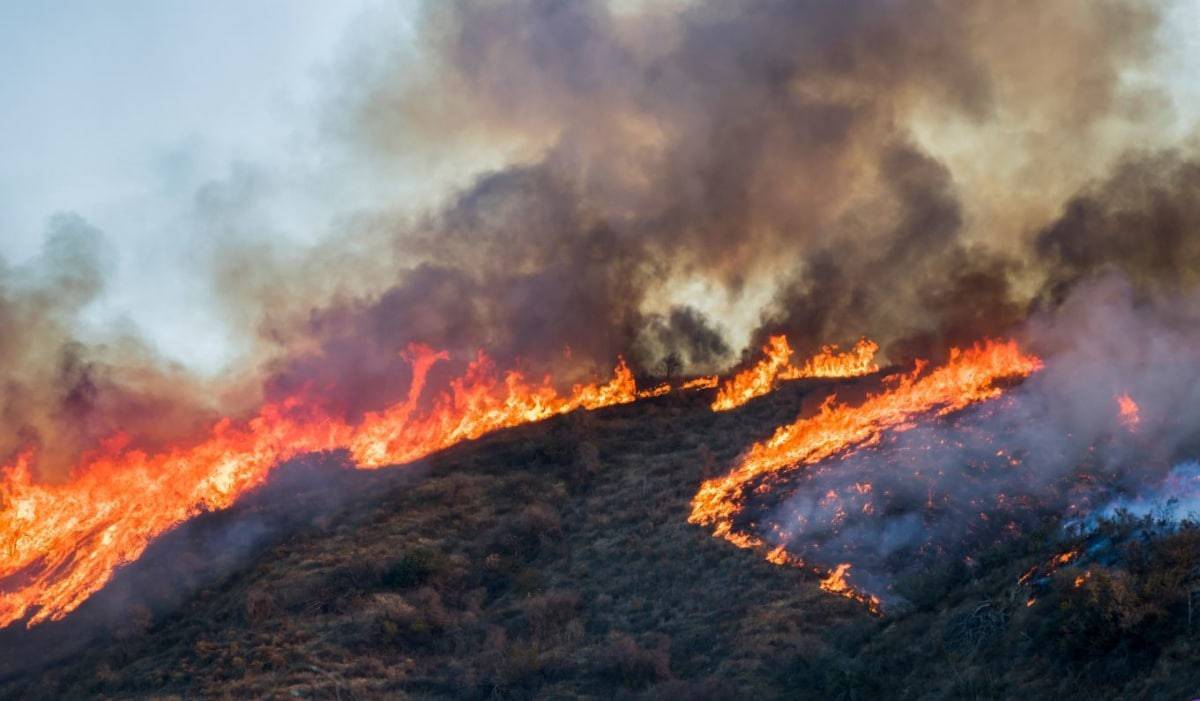
As we usher in 2020, its time to rethink your strategy. How are you engaging with your community about tourism? What are their aspirations? How is sustainable tourism visible in your destination for both residents and visitors? What’s your ‘tourism ready’ strategy for bushfire and extreme weather events that will impact on your region? Now is the time to act to protect these places and the economy and communities they support.
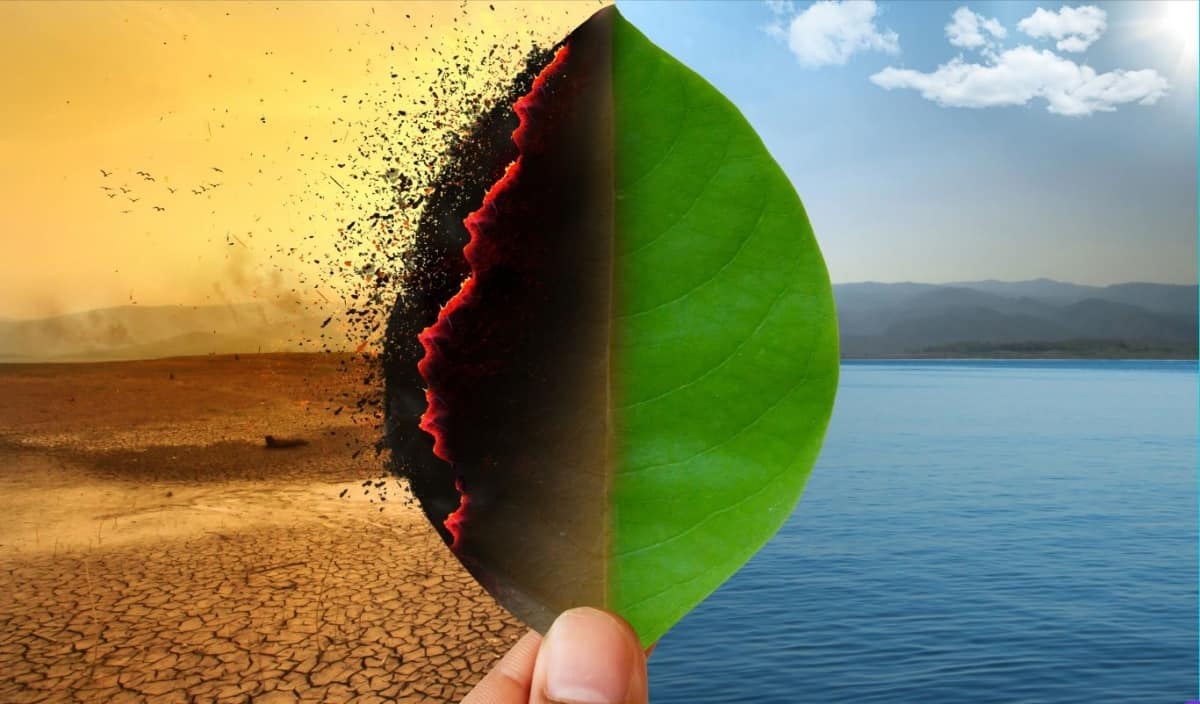
Thankfully, more destinations and government agencies are now giving these questions much greater attention. Here at TRC Tourism we are encouraging destinations to rethink their tourism strategies and destination plans and sharpen their focus on what sustainable tourism looks like for their community. Together we develop practical strategies to help them achieve sustainable value from tourism through social, economic, cultural, and environmental benefits while minimising the impacts on the destination and host communities.

Over the last few years our team have been working with Niue, one of the world’s smallest countries in the world with lush green jungles, limestone cliffs and shoreline coral reefs and marine parks with perfectly clear water to 100 feet). This little country has a big agenda. Niue is an early adopter of sustainable tourism and has, with the support of its industry, established its Sustainable Tourism Policy and has developed an Experience Strategy that focuses on the value over volume. It has established minimum standards for its tour operators and has now commenced steps to become one of the first Pacific Island nations to achieve recognition as a sustainable tourism destination.
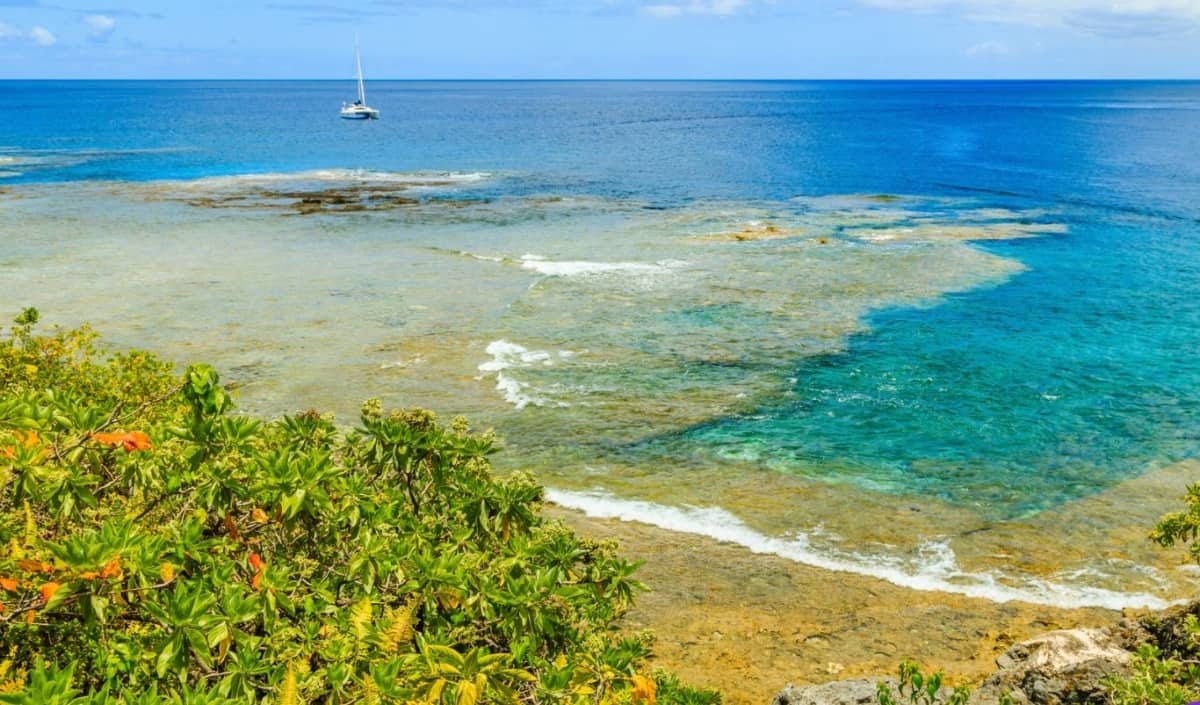
We need to start asking what sustainable tourism looks like for our destinations today and in the future. So, why not get started right now: What does sustainable tourism look like for your destination?

We’ll help you move beyond words to action and become part of one of the world’s growing number of recognised destinations that are strong and sustainable. Give us a call.


